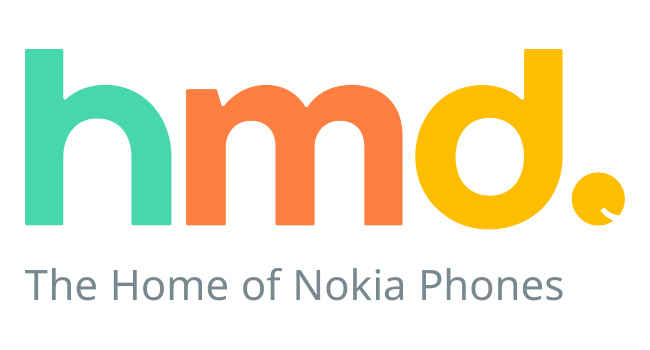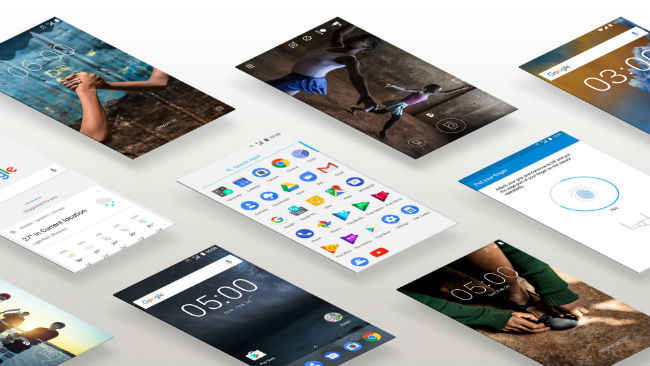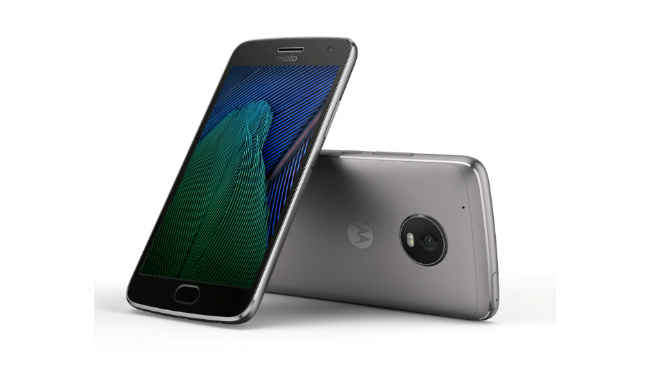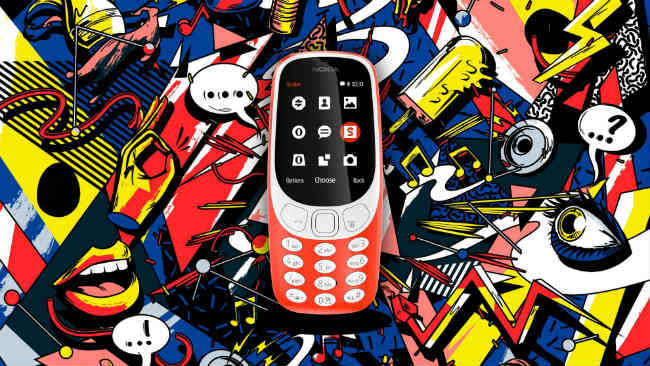Nokia Android Smartphones: The good, the bad and the unknown
If we were to separate the nostalgia from the announcements, Nokia’s return has been quite underwhelming in terms of what it has actually brought to the table.
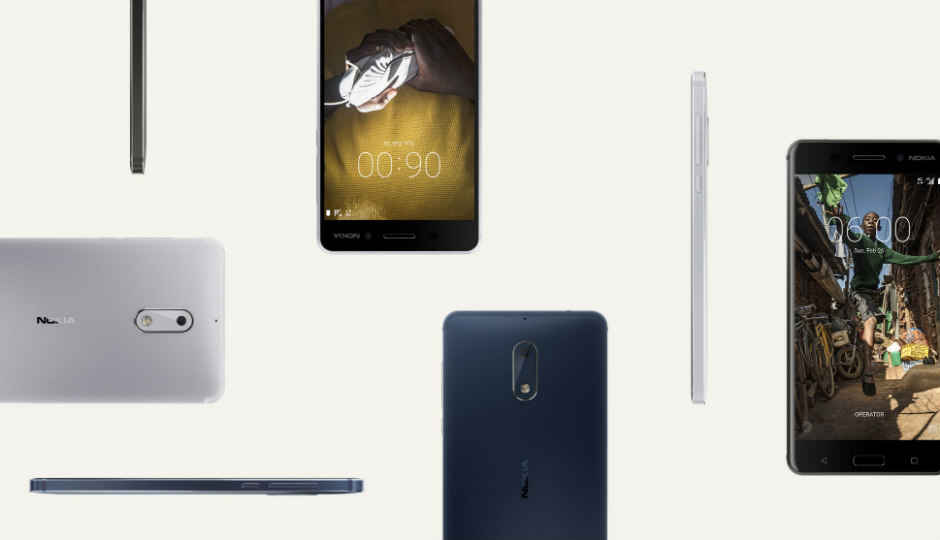
While we are all happy and nostalgic with the return of Nokia, it is hard to overlook the fact that the three Android phones announced by the company do not bring any earth-shattering features or innovations to the smartphone arena. In fact, spec-to-spec, they seem rather underwhelming when compared to the stiff competition they face. Having said that, the newly-launched Nokia Android phones do hold some aces up their sleeves, in terms of the ‘pure Android experience’, and the legendary Nokia branding itself. However, the pure Android experience is not an unknown offering in this space, with Motorola doing a fair bit of it since the past couple of years (more on this later).
Truth be told, the smartphone landscape has gone through a sea change since the last time when Nokia was sitting pretty, right at the top (times when Nokia E series and N series were the be-all and end-all of the mobile phone business). In 2017, Nokia is staring at a market that is not just a lot bigger, but also a lot more competitive and cutthroat in every aspect. The latest cutting edge smartphone technology is there for the taking for any existing or new player who wishes to enter the market, features and technology are almost commoditised and you’d really have to invest and spend a good amount of time in the R&D stage to develop something that’s truly new and unique. The HMD-made Nokia phones announced at MWC 2017 so far don’t qualify for anything revolutionary or ‘big’ in the smartphone space. Maybe, our expectations are way off, but that’s the truth with every single Nokia fan eagerly waiting for Nokia’s comeback.
 Survey
SurveyThe Good: Nokia’s entry would not just challenge the likes of Lenovo and Xiaomi but also make Samsung and Apple wary of how it impacts their value segment (market). Samsung’s Galaxy J series and the Apple iPhone 5s, both of which account for a large chunk of the overall sales numbers, will now have a Nokia 6 to deal with. That essentially means more options for the consumer who is looking for an affordable smartphone from a known brand which has a lot more history in the smartphone space. Even Moto will enjoy the challenge from its long lost rival.
Besides the brand advantage, Nokia’s ‘Pure Android Experience’ is perhaps its best chance to compete in the crowded space, and Google’s Jamie Rosenberg taking the stage at the Nokia MWC 2017 event sent a strong and clear message – Nokia phones will play the ‘Pure Android’ card, and perhaps even fill the void that Nexus has left after Google pulled the plug on what truly was the best example of pure Android smartphones for the masses. If Nokia can occupy the Nexus space and offer Nexus-like devices across various price points, it’ll just be what the doctor ordered, and Google would support them wholeheartedly as it continues to rapidly march towards building a more unified and consistent Android experience.
Lastly, while the designs on the Nokia 3, 5 and 6 aren’t extraordinary, there’s a hint of classic Nokia being sprinkled around that differentiates them from the rather monotonous designs that we’ve seen in the affordable segment. Take the Nokia 3 for example – the polycarbonate back along with the metal frame makes it look unique and reminds us of the well-built Nokia Lumia series which were lauded for their build and design. The polarized glass layer on top of the display is another good example of how Nokia is solving the age old problem of sunlight visibility with a simpler solution. Nice touch, especially when it is offered across all devices.
The Bad: Design is one thing, and performance is another. From what we have seen so far, the focus has been on design and the Android experience, which points at Nokia clearly not wanting to get dragged into the spec war. Having said that, the current market scenario almost demands spec talk, the LG G6 announced at MWC 2017 is perhaps a good example of how analysts (and the tech journo community) clearly pointed at the device missing a current gen flagship SoC. On similar lines, Nokia's Android smartphones also seem to sport entry level SoCs which don't really compete spec-to-spec with competition from Lenovo, Moto and Xiaomi. One would disregard this if Nokia already had a proven track record of optimizing their phones to eke out best possible performance. Bottom line – A Snapdragon 625-based smartphone offered by Xiaomi and Moto will offer better core compute and GPU performance in comparison to the Nokia 6. And, that ain't a great start!
Also, just in case you were expecting Nokia to price their phones cheaper than competition, we seriously doubt Nokia will take that route. Nokia might just benchmark itself with Samsung and perhaps even Moto to an extent on the pricing front. So, it surely won't run away with a clear win in the price-to-spec ratio.
No Nokia flagship says a lot of things. Many were expecting Nokia to return with not just affordable offerings, and a Nokia flagship was on the cards at MWC 2017 from not just a flagship smartphone point-of-view, but also from some sort of innovation on the smartphone tech front. We, for instance, were expecting a grand return of the Nokia PureView camera, what would have thrown a spanner in the works for Samsung and Apple, who are reportedly focusing dearly on the camera/imaging department for their 2017 flagships. Well, no new (read: awesome) tech, no flagship smartphone and a relatively dated hardware spec list makes us a little nervous. But, then again, nothing stops them from taking the stage again in Q2 2017, make a big splash and launch themselves into the premium smartphone arena. Fingers crossed!
The Unknown: Performance aside, it is still not clear how Nokia plans to cater to the world’s third largest smartphone consumer market by value (India stands third after Brazil and China). More to the fact, the company has stated recently that "our core strength is offline but we will also go online to reach a wider audience. However, online and offline product ranges will be different”. So, which phones will be sold offline and what devices will be sold online? Will there be new devices joining the three Nokia phones by the time Nokia becomes operational in India? These questions are yet to be answered.
Beyond that, the other question that poses major concern for all smartphone makers in India is sales and services. Previously, Nokia had a solid customer base and a functional self-owned Nokia Care service network across India. However, in the aftermath of Nokia being dumped by Microsoft and almost all assets being liquified, Nokia and HMD Global have a herculean task at their hands to establish the service network back again.
Nokia 3310: blast from the past that did the job
Beyond smartphones, Nokia also showcased the new 3310, which is a fine example of delivering a phone just for the brand value and the hype for it. The phone is running Nokia’s old Series 30+ operating system and can only make use of the 2G networks to make calls and send text messages. Now, it definitely can't compete with an app-enriched Android device, but that is not the point here. Nokia wanted to ascertain that all eyes should be on it when it launches its budget-segment Android smartphones, and so, a feature phone came to the rescue.
However, don't look deeper into it, Nokia’s feature phones aren't coming back with full force, although we reckon Nokia will be making a handful to market the brand to the masses all over again. After all, the Finnish company has been “connecting people” for ages now.
Hardik Singh
Light at the top, this odd looking creature lives under the heavy medication of video games. View Full Profile
